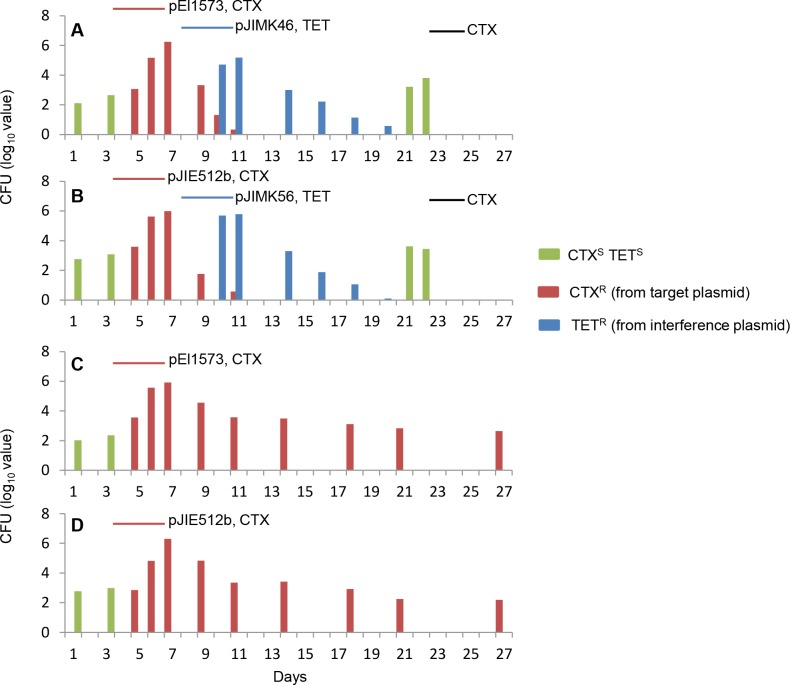Fig 4. In vivo cure of antibiotic resistance plasmids.
CTXSTETS E. coli (green) were detected in all four groups of mice at the start of the experiments (A-D). All groups of mice were then fed bacteria carrying CTXR target plasmid (pEl1573 or pJIE512b) with CTX, days 4–6 (red lines, A-D) and CTXR E. coli (red) appeared. Two groups of mice (A, B) then received the corresponding TETR interference plasmid (pJIMK46 or pJIMK56) with TET, days 8–10 (blue lines) resulting in a decline in number of CTXR E. coli. TETR E. coli (blue) also appeared and then declined. CTXSTETS E. coli appeared again after curing of target and interference plasmids but were killed by CTX administered on days 23–24 (black lines, A, B). CTXR E. coli persisted to end of protocol in control groups that did not receive interference plasmid (C, D).

